1. Asbestos Insulation Installation
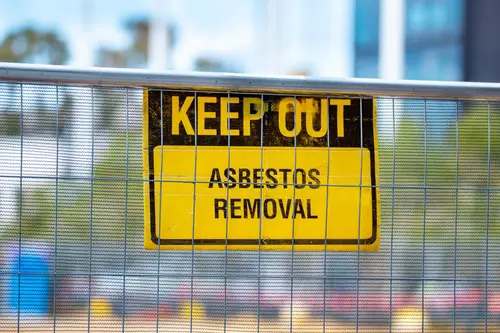
Back in the ’70s, people were often more focused on practicality than safety. Homeowners would tackle insulation projects themselves, unknowingly exposing their families to hazardous asbestos fibers. This material was considered a miracle product for its fireproof and insulating qualities, and it was readily available at hardware stores. However, cutting, sanding, or handling asbestos products without proper safety gear released toxic fibers into the air. These fibers could linger in homes for years, increasing the risk of serious illnesses like mesothelioma and lung cancer.
Without modern awareness or regulations, DIYers didn’t think twice about wrapping their pipes or insulating their attics with asbestos-laden materials. Many believed they were improving their homes, not realizing the long-term health dangers. Even now, some older homes still contain asbestos, and removing it requires licensed professionals with protective equipment. Asbestos.com has documented numerous cases where these outdated projects turned deadly.
2. Lead-Based Paint Touch-Ups
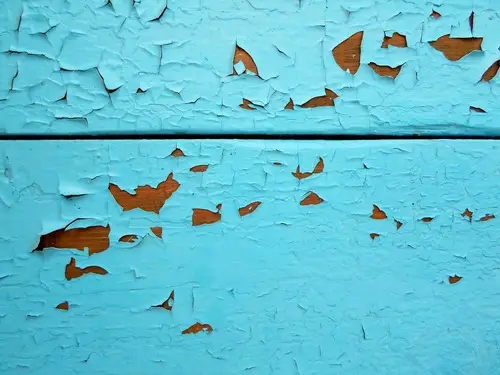
Repainting walls and furniture was a popular weekend project in the ’70s, especially when lead-based paint was the norm. Homeowners loved its durability and vibrant colors, making it the go-to choice for sprucing up a room. However, sanding or scraping old layers of paint released toxic lead dust into the air. This was especially dangerous for children, who were more likely to ingest lead particles from chipped paint or contaminated surfaces.
The risks of lead exposure—from developmental delays to kidney damage—weren’t widely understood at the time. Many families thought they were beautifying their homes, only to unknowingly create health hazards. While lead-based paint was banned in the U.S. in 1978, its remnants in older homes still pose challenges today. The CDC warns that even minimal exposure to lead can have lifelong effects.
3. Homemade Fireplaces and Chimneys
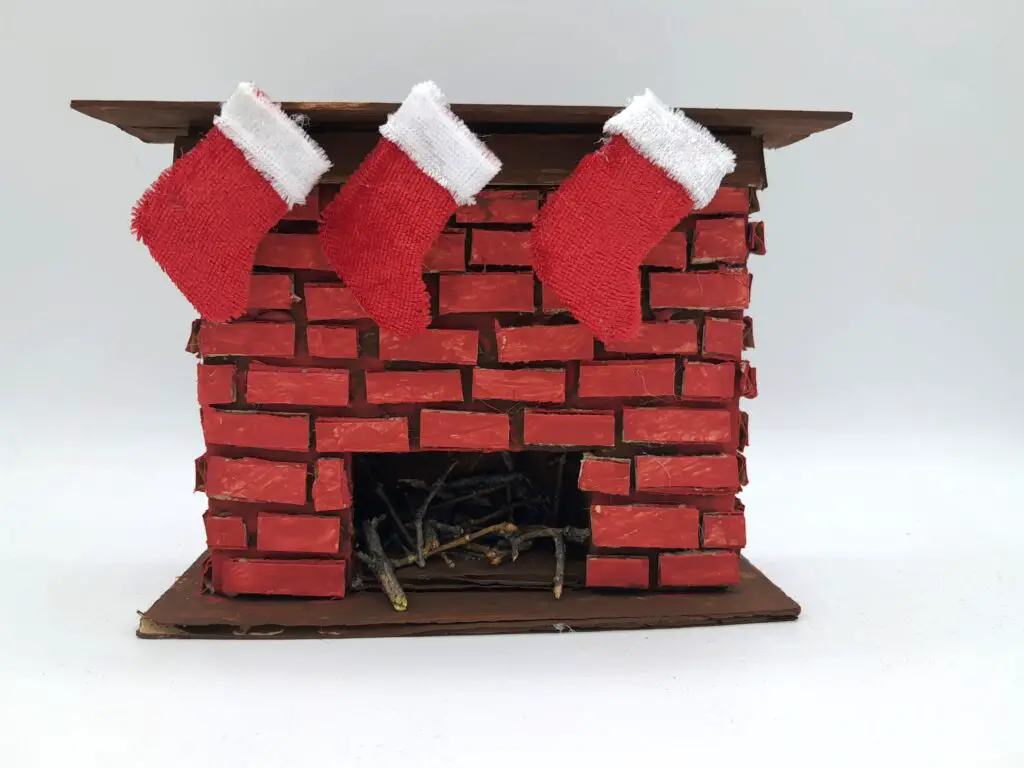
In an effort to add charm and warmth to their homes, many ’70s DIY enthusiasts tried their hands at building their own fireplaces and chimneys. These projects often seemed straightforward, but improper construction led to smoke leakage, insufficient ventilation, and fire hazards. Many people didn’t understand the importance of fireproof materials or accurate measurements, leading to structural issues that could collapse or spread fires.
The lack of professional oversight also meant that carbon monoxide poisoning became a silent risk in many homes. Poorly built chimneys failed to vent properly, allowing this odorless gas to seep indoors. It’s no wonder that fire departments in the ’70s saw a spike in house fires related to these DIY projects. According to NFPA.org, proper chimney construction requires strict adherence to safety codes—something most homeowners lacked back then.
4. DIY Electrical Rewiring
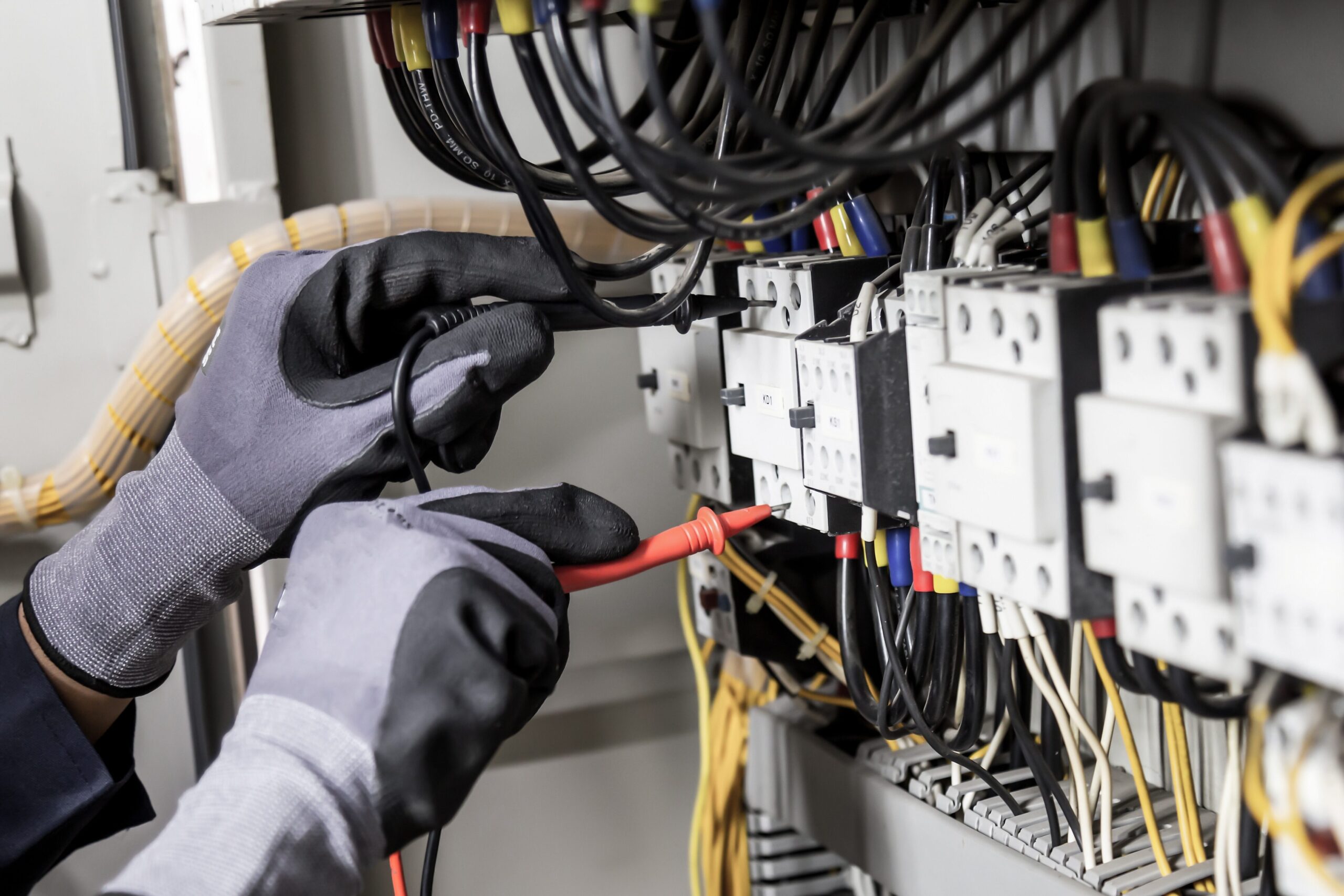
Electricity can be unforgiving, yet countless homeowners in the ’70s decided to take on rewiring projects themselves. From adding outlets to replacing circuit breakers, they often worked without understanding the risks of electrical fires or electrocution. Many didn’t bother turning off the power before starting their work, leading to shocks and burns. Cheap, outdated wiring materials exacerbated these dangers.
Improperly installed wiring created a ticking time bomb for electrical fires. Insufficient grounding, overloaded circuits, and exposed wires became common hazards in many households. Today, professional electricians use strict safety guidelines that weren’t widely followed in the ’70s. It’s a stark reminder of how a lack of expertise can turn a simple project into a life-threatening mistake.
5. DIY Car Repairs Using Jack Stands

Working on cars in your driveway was a point of pride in the ’70s. However, many amateur mechanics underestimated the risks of improperly secured vehicles. Cheap or poorly made jack stands were prone to collapsing, sometimes resulting in severe injuries or fatalities. Crawling underneath a car without double-checking stability was a gamble many enthusiasts unknowingly took.
In addition to the physical danger, improper repairs often led to mechanical failures. DIY brake jobs, for instance, sometimes caused accidents due to incomplete installations. These risks highlight why modern mechanics stress the importance of professional-grade tools and proper training. Consumer Reports notes that while DIY car repairs can save money, safety should never be an afterthought.
6. Roofing Repairs Without Safety Gear
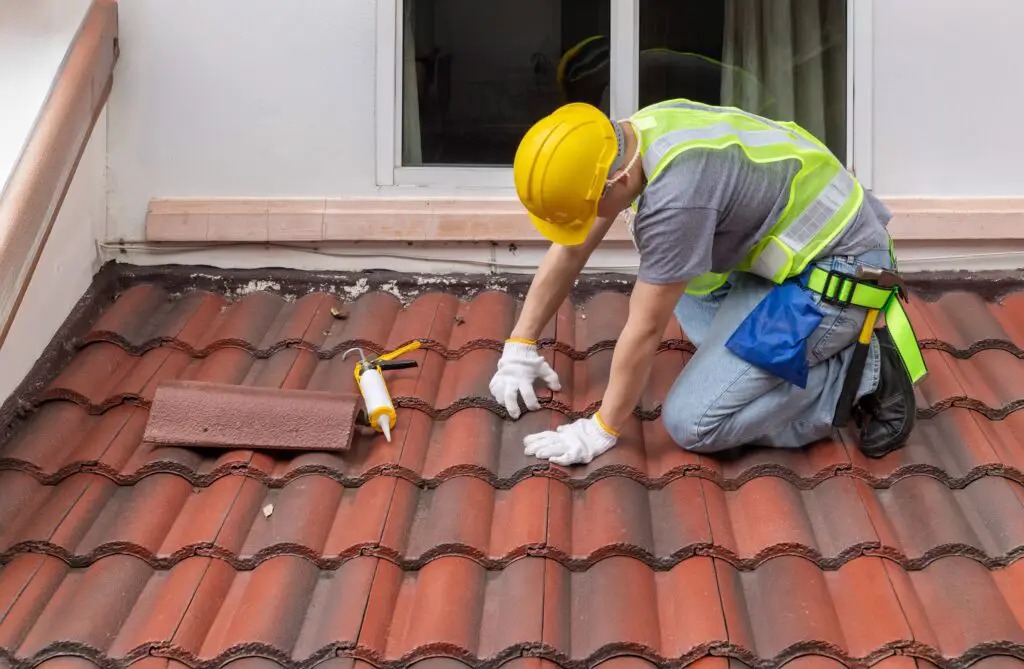
Replacing shingles or fixing leaks on a roof might seem simple enough, but in the ’70s, safety precautions were often overlooked. Many homeowners climbed onto steep rooftops without harnesses, helmets, or even sturdy ladders. Falls were alarmingly common, leading to broken bones or worse.
Even when safety wasn’t a concern, poorly done repairs often created additional problems. Mismatched materials or improper sealing caused leaks that damaged the structure over time. Professionals today use specialized equipment and follow strict protocols to minimize risk, but back then, it was a free-for-all.
7. Improvised Pool Installation
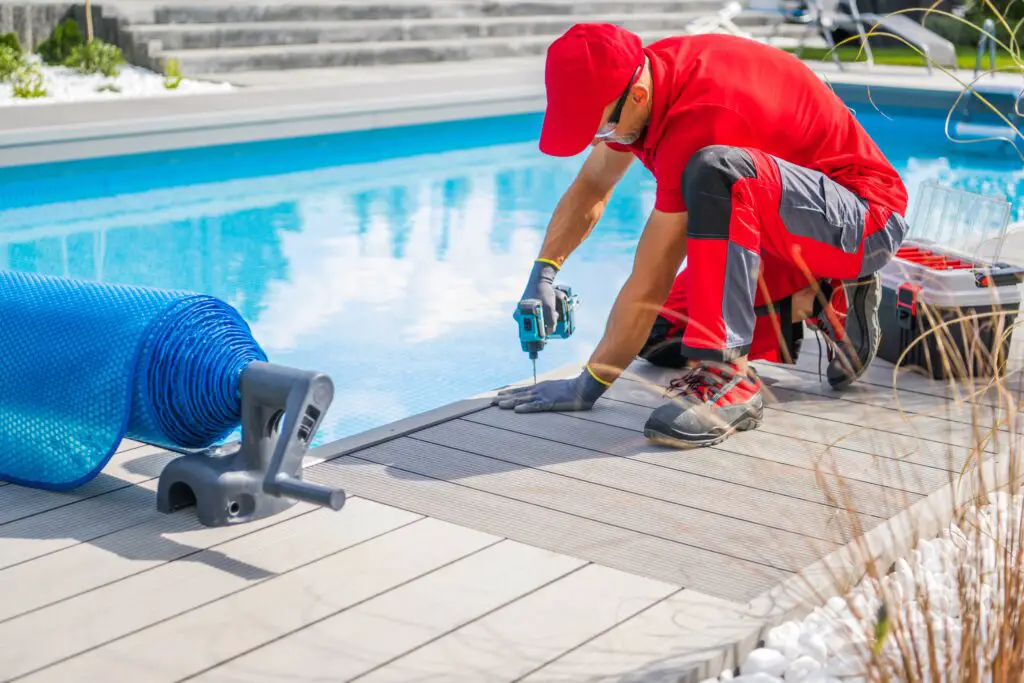
The backyard pool craze of the ’70s inspired countless DIY enthusiasts to build their own swimming oases. However, many lacked the necessary skills, resulting in uneven surfaces, weak structures, and improper drainage systems. Some pools even collapsed under the weight of water, causing injuries and property damage.
The absence of proper electrical grounding for pool pumps created additional risks, including electrocution. Families who took shortcuts to save money often found themselves with costly repairs or medical bills. Today, professional installation ensures pools meet strict safety standards, something that wasn’t guaranteed in the ’70s.
8. Homemade Trampolines

Trampolines became popular in the ’70s, but instead of buying professionally made ones, many families attempted to build their own. Using metal frames and old springs, these DIY contraptions often lacked stability and proper padding. Injuries from falls, broken bones, and head trauma were all too common.
Without safety nets or modern designs, these trampolines turned into dangerous backyard hazards. Parents thought they were giving their kids a fun activity but ended up risking serious harm. According to Safe Kids Worldwide, trampoline injuries remain a concern, highlighting the need for professionally engineered designs.
9. DIY Boat Construction
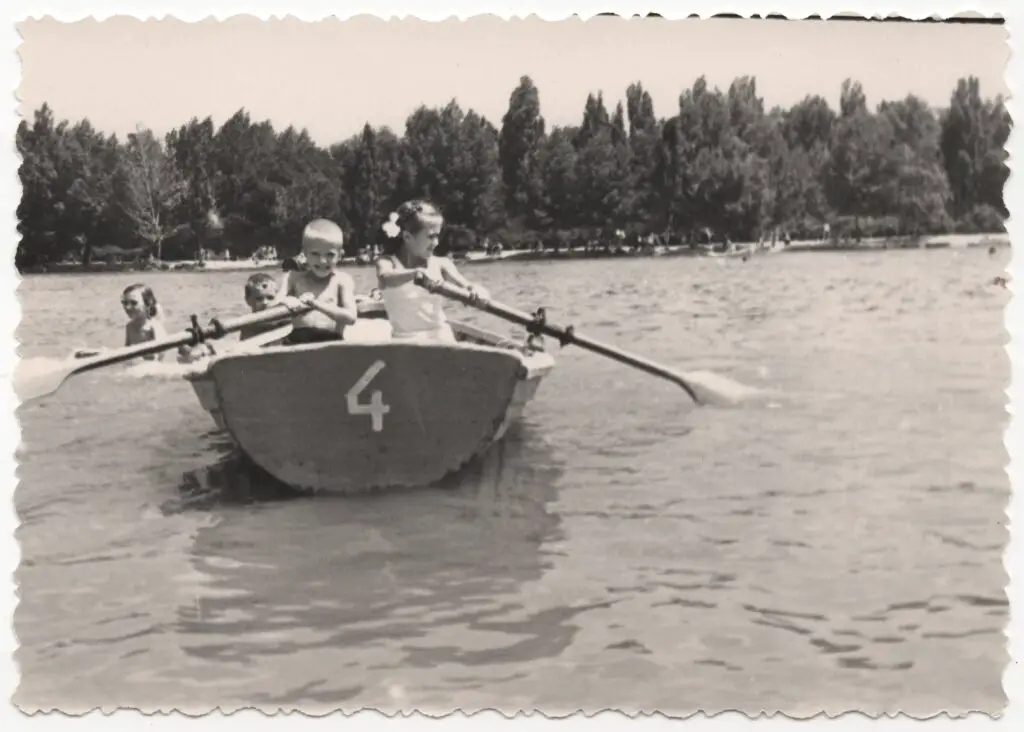
Inspired by the freedom of the open water, many ’70s hobbyists decided to build their own boats. Kits were available for small sailboats and motorboats, but assembling them correctly required precision and expertise. Poorly sealed seams, improper weight distribution, and subpar materials often led to leaks or capsizing.
While some projects turned out well, others became costly disasters. DIYers often underestimated the forces of nature, venturing out in vessels that weren’t seaworthy. Today’s regulations and better resources make such projects safer, but back then, it was trial and error—sometimes with tragic results.
10. Homemade Rocket Stoves
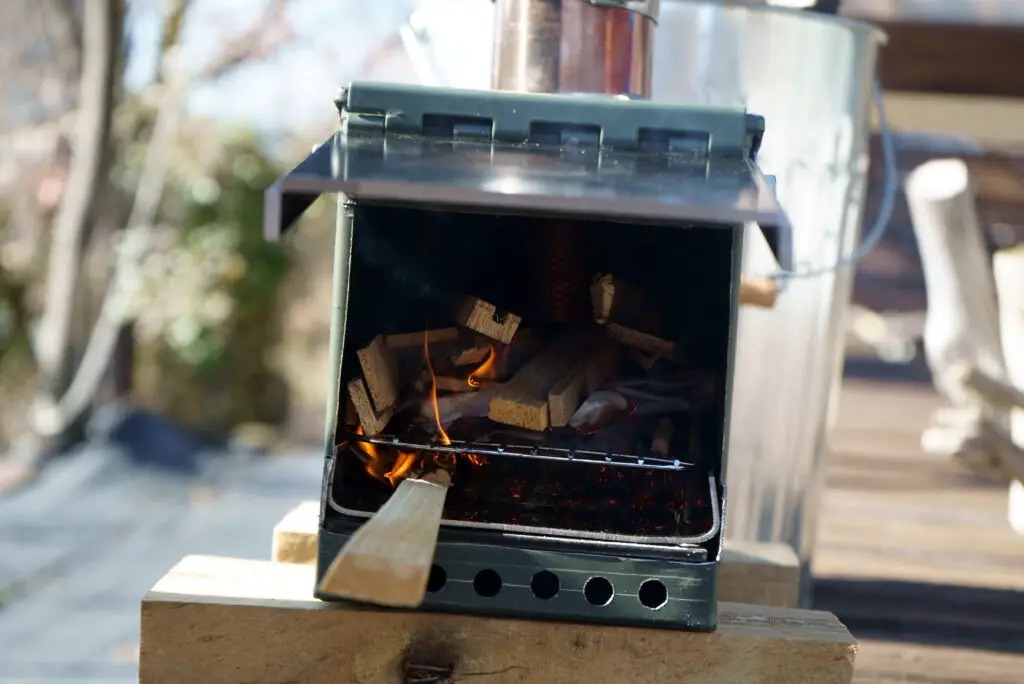
In the energy-conscious ’70s, some people tried building rocket stoves for cooking or heating. While efficient in theory, these DIY stoves were often poorly constructed, leading to accidents. Thin metal or makeshift designs couldn’t handle high temperatures, resulting in burns or fires.
The lack of proper ventilation also made carbon monoxide poisoning a significant risk. Families who used these stoves indoors sometimes paid a steep price for their ingenuity. Modern versions of rocket stoves are carefully engineered to avoid these dangers, proving that some projects are best left to the experts.
11. DIY Treehouses
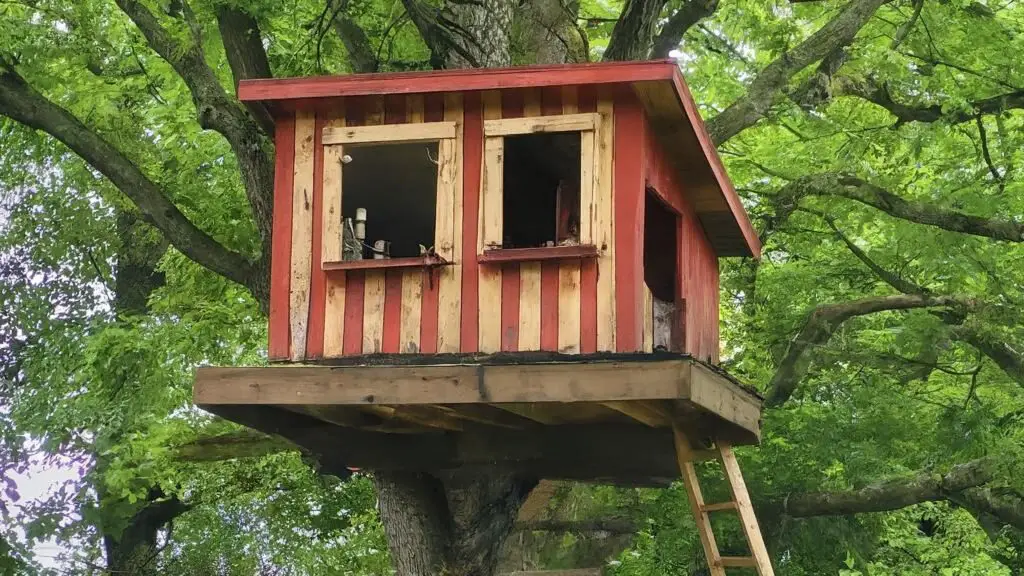
Building a treehouse for the kids sounds idyllic, but in the ’70s, it often meant cobbling together scraps of wood with little regard for safety. Wobbly platforms, weak supports, and exposed nails made these structures accidents waiting to happen. Falls from treehouses were a common cause of childhood injuries.
In addition to immediate dangers, poorly constructed treehouses often damaged the trees themselves, weakening branches or causing rot. Today’s designs incorporate safety standards and eco-friendly practices, but back then, it was all about improvisation—and hoping for the best.
12. DIY Explosives for Entertainment
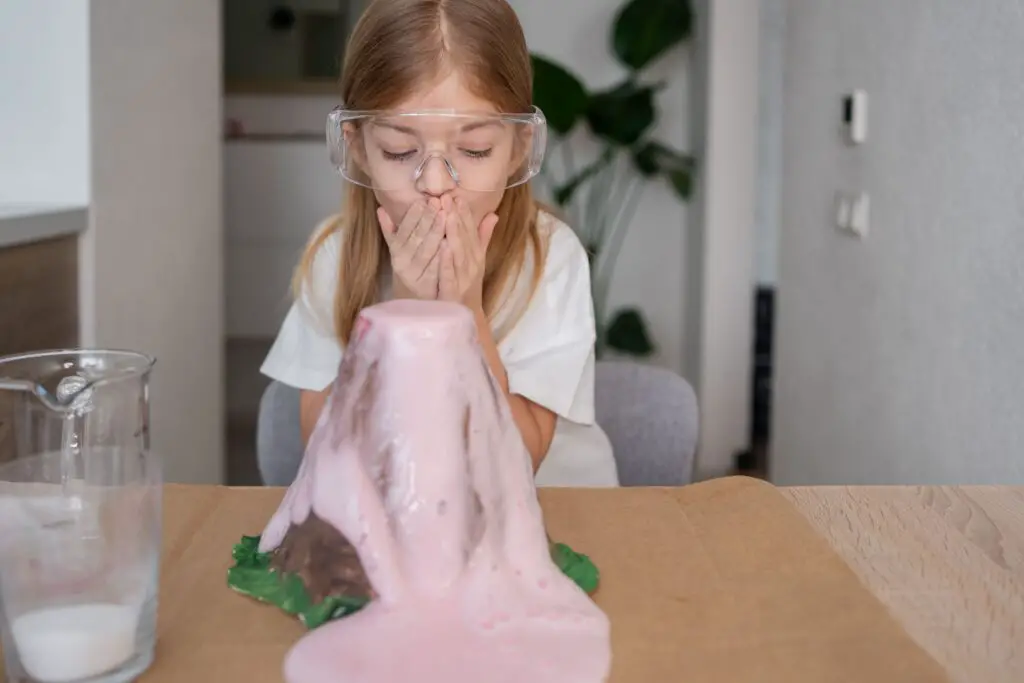
Believe it or not, some thrill-seekers in the ’70s dabbled in homemade fireworks or explosives for backyard shows. Using materials like gunpowder or gasoline, these DIY projects often went dangerously wrong. Mishandling volatile substances led to severe burns, lost fingers, or even fatalities.
What started as a fun experiment frequently ended in trips to the emergency room. Without proper knowledge or safety precautions, these explosive experiments were far from harmless. The Consumer Product Safety Commission continually warns against such practices, but the lessons learned in the ’70s remain relevant today.
